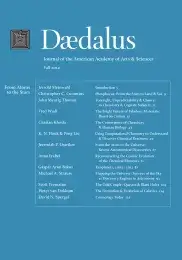“Half Art”: Baudelaire’s Le Peintre de la vie moderne
In this piece, I look at an essay that I have probably read too often not to find in it the key to all matters aesthetic, historical, philosophical, and more. The essay is Charles Baudelaire’s Le Peintre de la vie moderne (The Painter of Modern Life), first published in 1863 and written, most probably, around 1859 to 1860. Baudelaire’s exhilarating innovation is to downplay the significance of eternal value in art, in favor of what he designates as its other half, the fleeting presentness that is modernity. My essay is unapologetically an appreciation–for the most part–of a text that, in focusing on another artist, itself appears to be just that. For Baudelaire develops his arguments through a mock-anonymous celebration of the artist Constantin Guys, referred to as M. G. (Monsieur G.). Guys’s prolific sketches, done at speed, for rapid journal publication, chart the smallest of day-byday changes and typical scenes in contemporary life. Guys’s pictures–the art of modernity–give to the day a second life, and “translate” into a different medium–from sight to (mental) impression to its “rebirth” as a sketch–that which would otherwise be lost with its passing.
At one level, then, The Painter of Modern Life is a celebration of the work (and the lifestyle) of Guys, whose subjects ranged from fashion to war, and whose images were reproduced in widely circulated magazines such as the Illustrated London News. Guys is not named directly by Baudelaire; there is a coy pretense of secrecy, on the grounds that this is what the mysterious M. G. himself would prefer . . .
